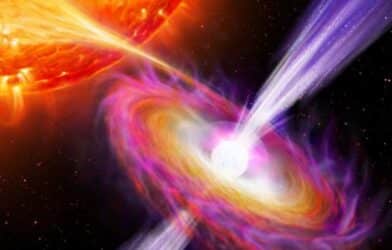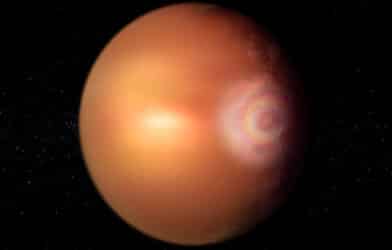The Death Star in “Star Wars” has nothing on this. For the first time, astronomers observed a cannibalistic white dwarf — a dead star — consuming both rocky-metallic material and icy material in its planetary system.
The recent discovery was made by UCLA researchers. They based their findings on an analysis of materials captured by the atmosphere of G238-44, a white dwarf 86 light-years from Earth. Researchers used archival data from the Hubble Space Telescope and other NASA satellites and observatories.
“We have never seen both of these kinds of objects accreting onto a white dwarf at the same time,” says lead researcher Ted Johnson, a physics and astronomy UCLA graduate, in a statement. “By studying these white dwarfs, we hope to gain a better understanding of planetary systems that are still intact.”
The study confirms that within 100 million years after the beginning of its white dwarf phase, the dead star is able to simultaneously capture and consume material from its nearby asteroid belt and far-flung Kuiper belt-like regions.
Study co-author Benjamin Zuckerman, a UCLA professor of physics and astronomy, says the makeup of the material detected raining into this specific white dwarf implies that icy reservoirs might be common among planetary systems.
Life as we know it requires a rocky planet covered with a variety of volatile elements like carbon, nitrogen and oxygen,” says Zuckerman. “The abundances of the elements we see on this white dwarf appear to have come from both a rocky parent body and a volatile-rich parent body — the first example we’ve found among studies of hundreds of white dwarfs.”
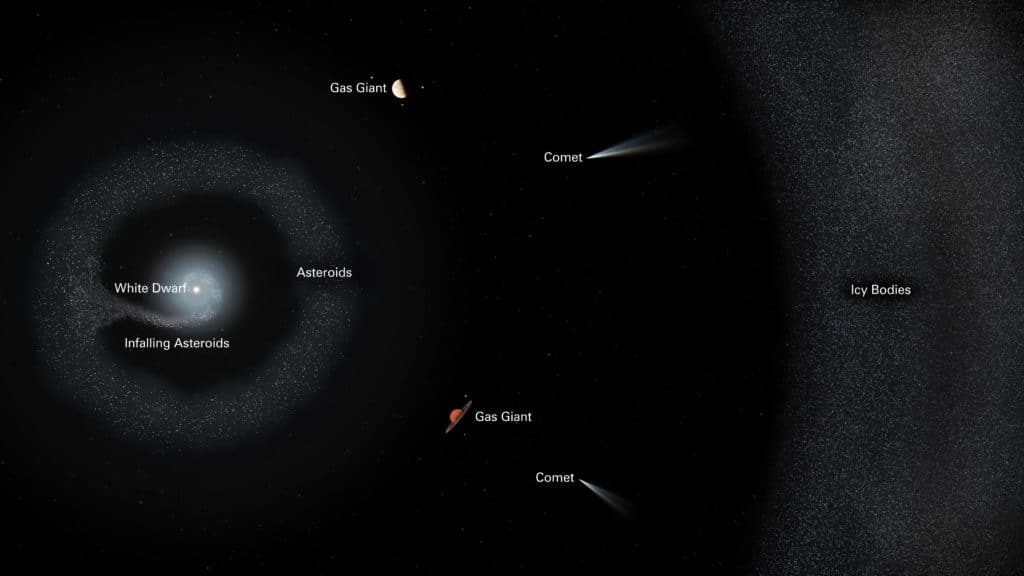
UCLA researchers measured the presence of nitrogen, oxygen, magnesium, silicon and iron in the white dwarf’s atmosphere. They detected iron in very high abundance, which is evidence for metallic cores of terrestrial planets, like Earth, Venus, Mars and Mercury.
“The best fit for our data was a nearly two-to-one mix of Mercury-like material and comet-like material, which is made up of ice and dust,” says Johnson. “Iron metal and nitrogen ice each suggest wildly different conditions of planetary formation. There is no known solar system object with so much of both.”
And hopefully humans will find somewhere else to live 5 billion years from now, because researchers believe the Earth might be completely vaporized during the sun’s red giant phase, similar to what has been seen with G238-44.
The research was presented at an American Astronomical Society press conference on June 15.
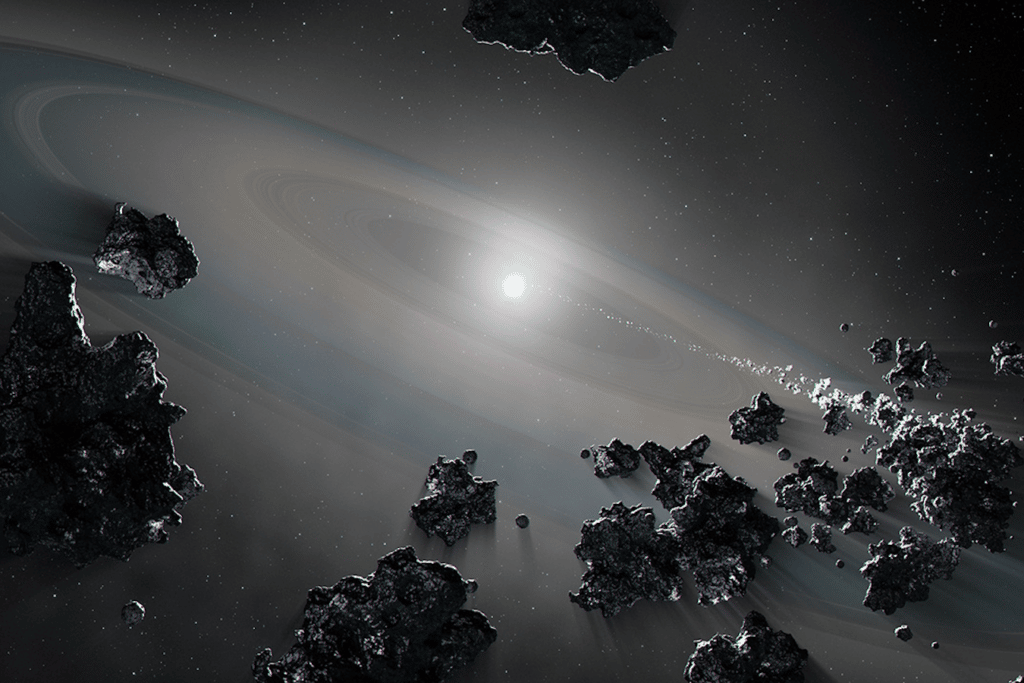





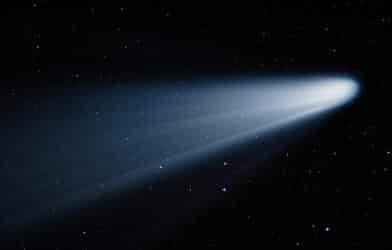

-392x250.png)
